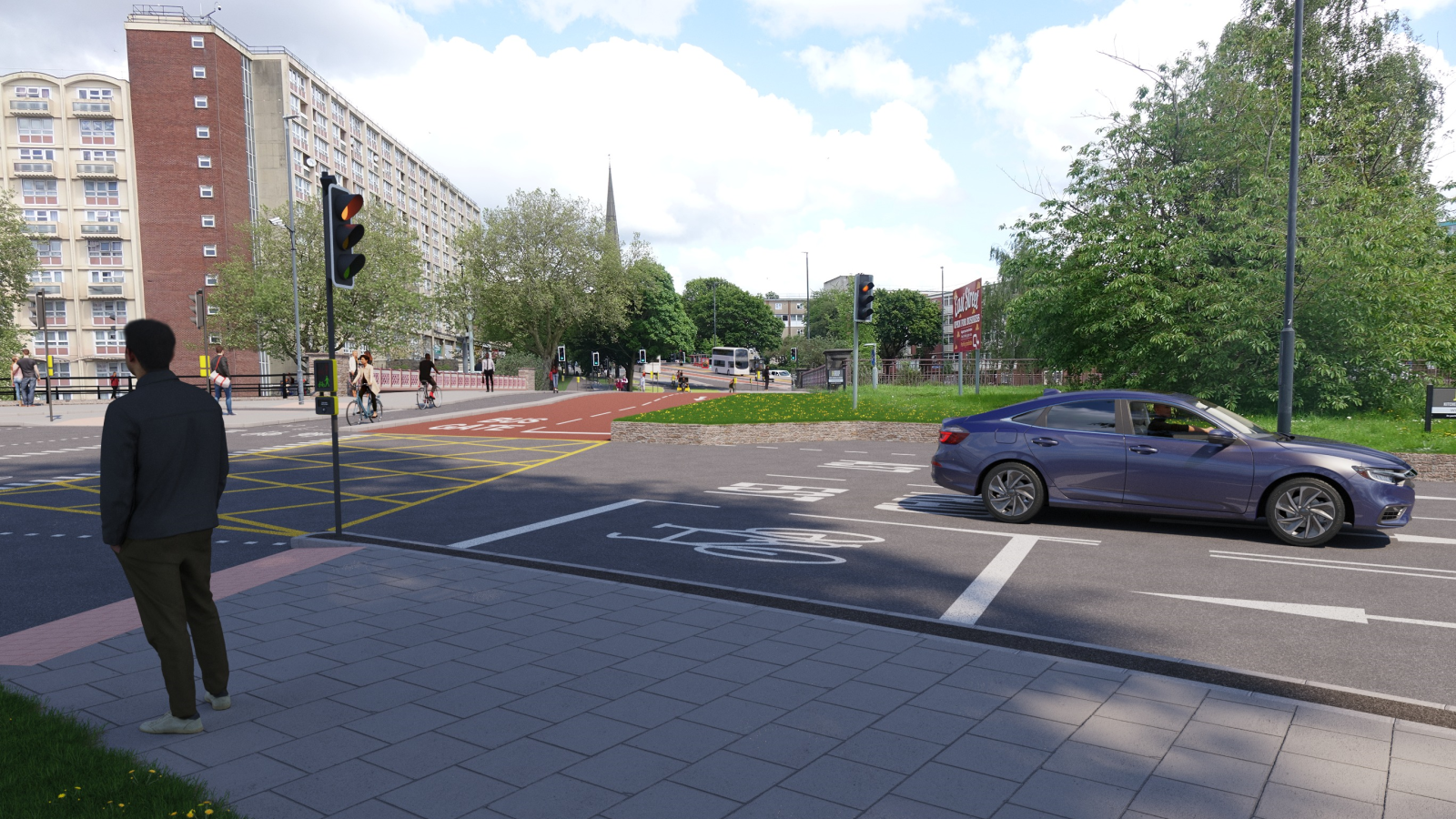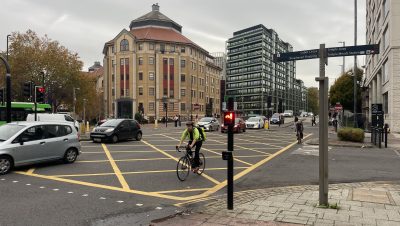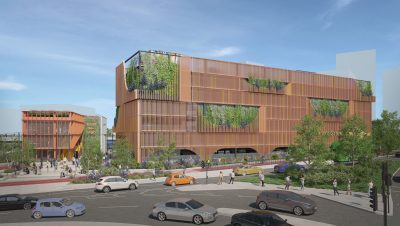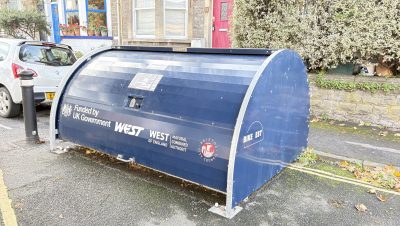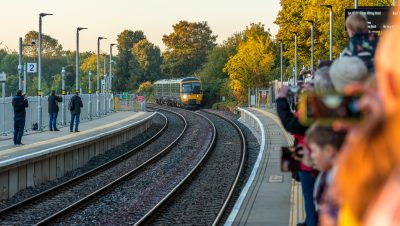News / Transport
Junctions to replace dangerous and congested roundabout
Work is due to start in November on scrapping the roundabout on Bedminster Bridges and installing a series of new junctions instead.
One bridge will be turned into a two-way road and the other will become a bus-only bridge. Cycle lanes will be installed too, connecting up several missing links in the cycling network.
Bristol City Council will now ask the West of England Mayoral Combined Authority to approve the plans.
is needed now More than ever

The future layout of Bedminster Bridges will see one bridge turned into a two-way road and the other become a bus-only bridge – image: Bristol City Council
The current layout is a hotspot for crashes and often gets congested, councillors on the transport policy committee were told.
People walking and cycling over the bridges are squeezed into two tiny pavements with some pavements not in use, and three lanes for cars and buses.
Bristol City Council’s head of city transport, Adam Crowther, said: “While it looks like you’re taking out lots of road space and capacity, actually what we’re doing is rationalising the movements.
“That retains a lot of the capacity while then freeing up space to use for other modes.
“So the overall capacity for the junction only decreases very slightly despite changing how the space is allocated.
“There’ll be more efficient junctions, and therefore less delay so you can give more green time to the different movements.
“That enables us to bring in the bus-only sections and the walking and cycling links.
“The scheme connects up a number of key segregated cycle routes that currently just terminate at the Bedminster Bridges roundabout, which is a huge blocker to movement and has significant collisions associated with it.”
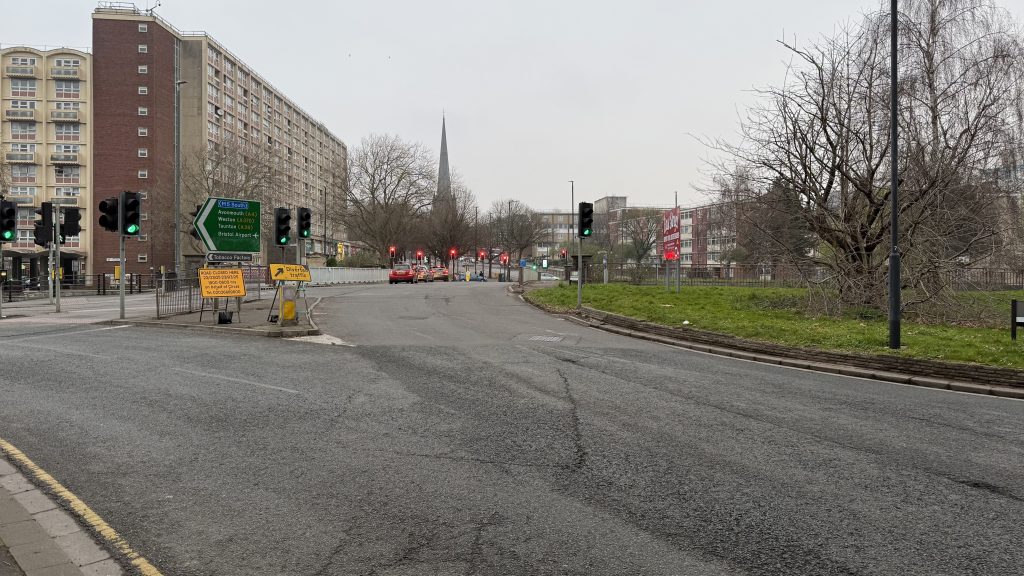
pic – People walking and cycling over the bridges are currently squeezed into two tiny pavements – photo: Martin Booth
The bridges will be repaired and refurbished as part of the works.
The plans were compared to the removal of the Temple Circus roundabout, which was replaced with a junction and led to less congestion.
Many buses cross over the bridges, which should benefit from the changes.
Crowther added: “Prior to those junctions being updated, they used to lock up quite a lot.
“Whenever we had an incident on the network, traffic would effectively queue in a circle, block itself and nothing would go anywhere.
“That tends to happen at Bedminster Bridges as well, because it has the capacity to lock itself up, particularly when there are issues on the network.
“Changing it to a series of T-junctions enables us to better manage the network and also to more quickly unravel congestion when it happens.”
Main image: Bristol City Council
Read next:
 Our newsletters emailed directly to you
Our newsletters emailed directly to you